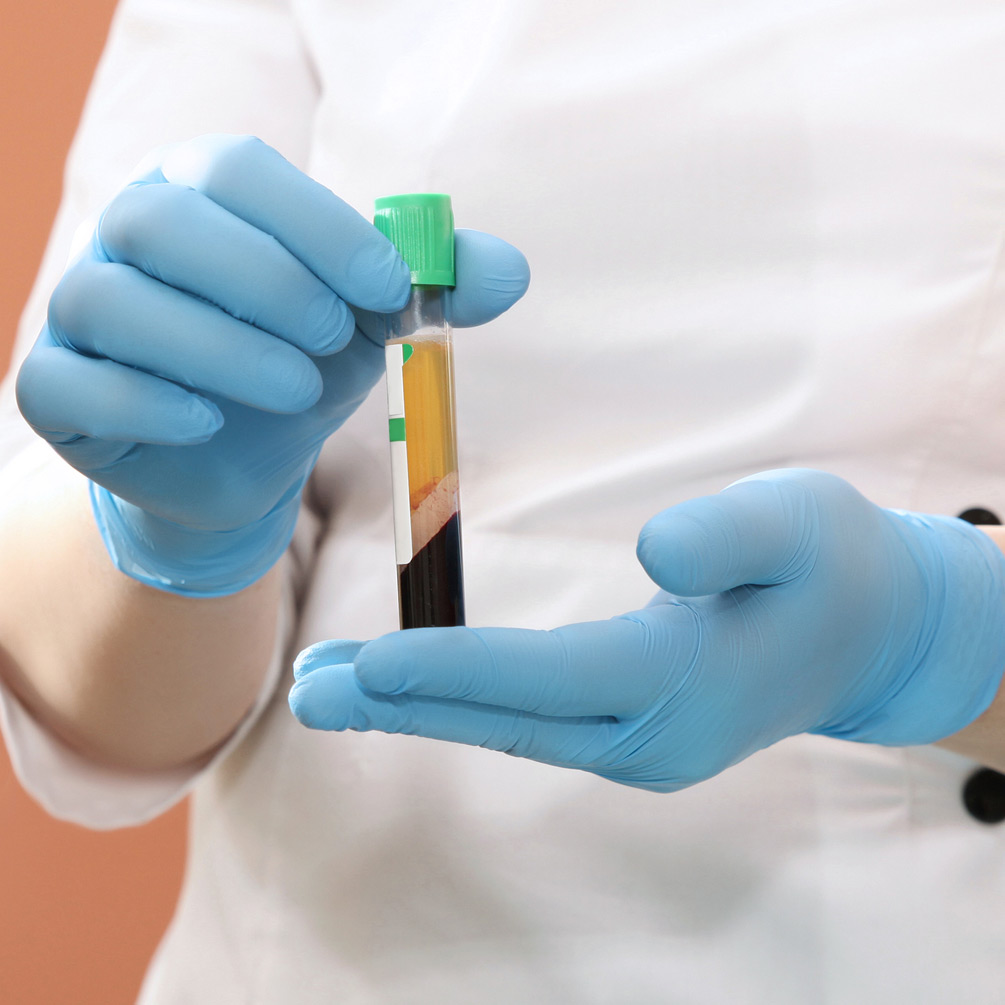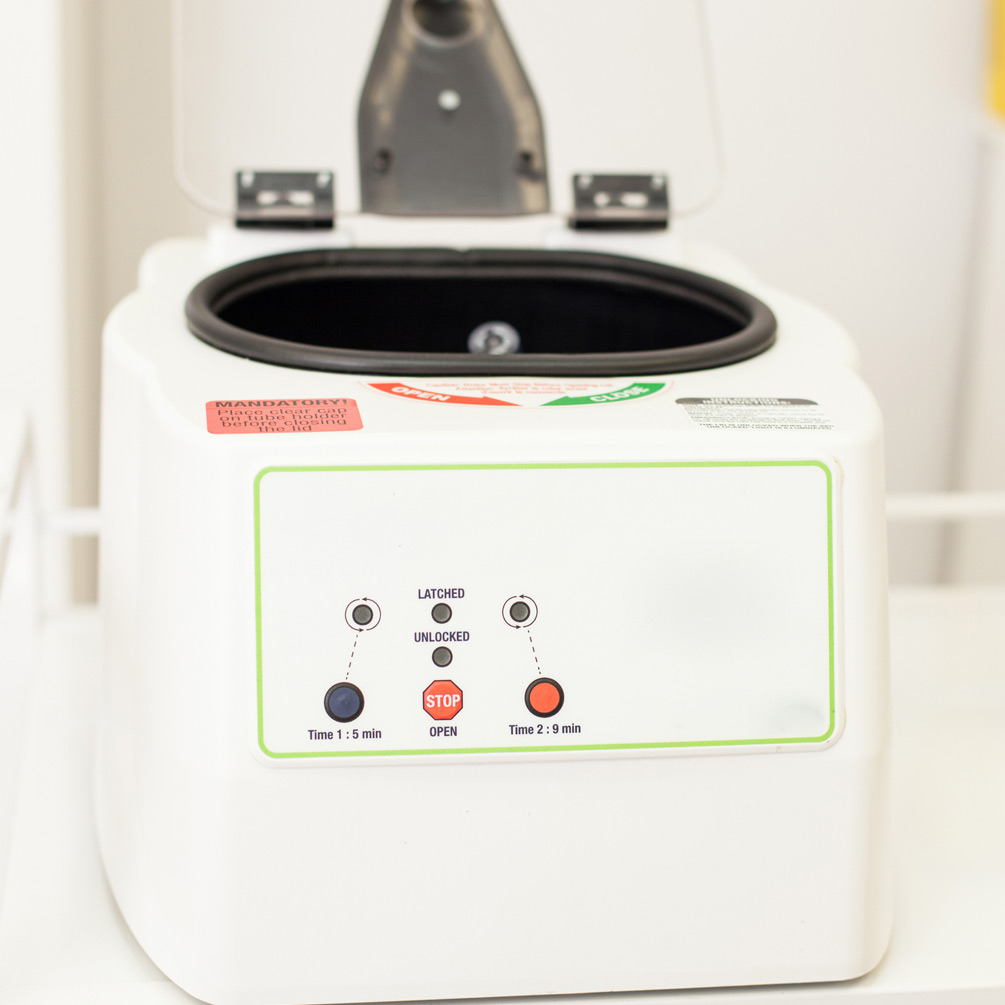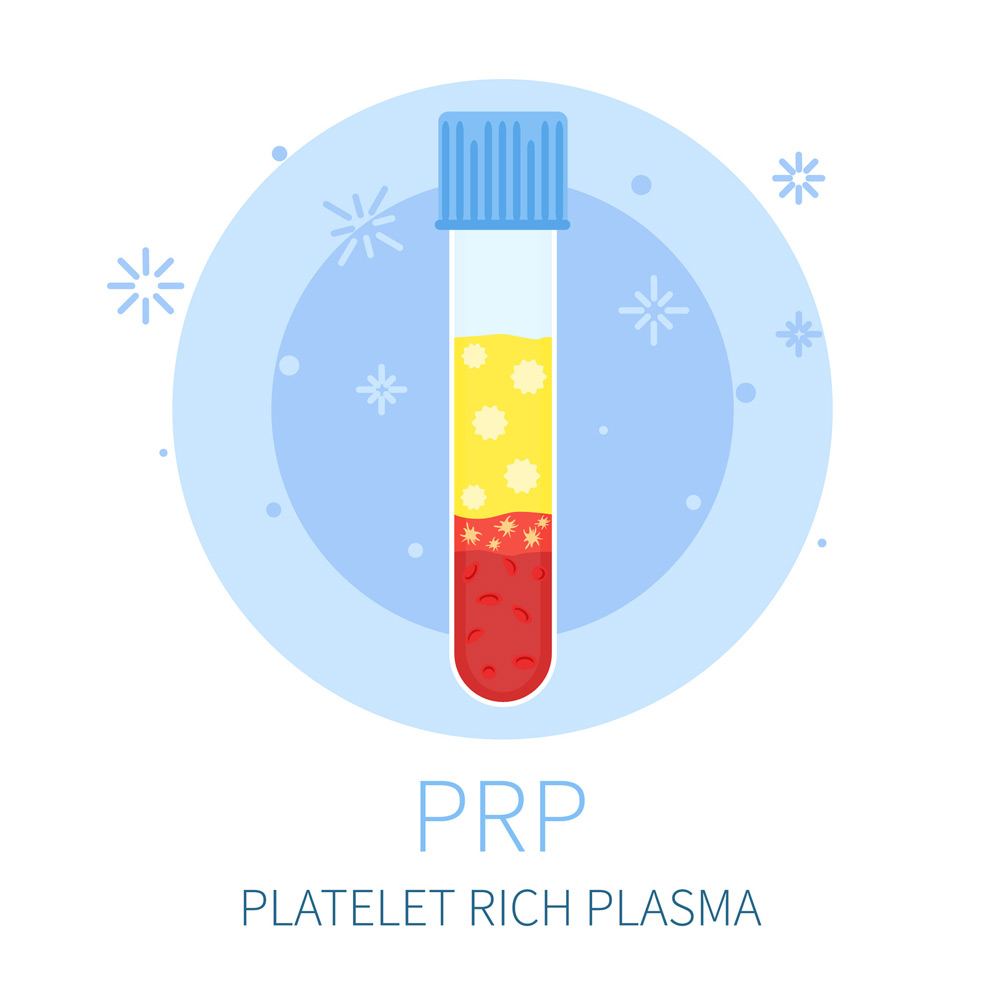
People struggling with damaged discs, ligaments, muscles, or joints may find that that having platelet-rich plasma epidural injections may produce long-lasting results.
Good candidates for this treatment option could experience improvement in pain or range of motion within six weeks. If previous approaches have failed to resolve pain or discomfort, PRP injections may be a suitable next step.
How Do the Injections Work?
PRP injections tend to be a simple process. Blood is taken from the patient for the purpose of obtaining concentrated platelets. This is done by spinning the blood rapidly in a special machine that removes the other components from the blood, leaving only the platelets behind. Once prepared, the platelet-rich substance is administered directly into the area causing pain for each patient. The primary goal of this treatment plan is to stimulate healthy tissue growth and repair damage. The typical function of platelets is to stop bleeding at injury sites, therefore, concentrating them allows the healing abilities to be amplified and targeted to a specific body part.


Who Could Benefit from PRP Epidural Injections?
The reasons a physician might recommend PRP epidural injections vary. Most of the time, PRP injections are considered when other types of treatment have failed to work or to provide long-lasting relief from pain and discomfort. PRP injections offer a way to achieve an improved well-being without taking surgical measures, although ongoing physical therapies may still be recommended in order to produce optimal results. Taking this approach avoids treating pain only and encourages a permanent recovery from certain injuries or conditions. Some conditions or symptoms that may respond to this course of action might include:
- Arthritis
- Chronic swelling or inflammation
- Lumbar or cervical facet problems
- Tennis or golfer’s elbow
What to Expect at the Appointment?
The entire process is straight-forward and relatively brief. Collecting and creating the PRP can take up to 30 minutes. A person may expect to be finished in an hour overall. In the event that the damaged or targeted area surrounds the spine, x-ray may serve as a guide to ensure the safe delivery of the platelet-rich plasma. Similarly, ultrasound might be utilized to accommodate injections in the arms or legs. Recovery from the injections is minimal. Most do not notice significant discomfort, although some people experience soreness at the injection sites for a few days following appointments. Generally, there is little risk to this procedure since the substance used is obtained from each patient’s own blood, and it is considered minimally invasive in nature.
Though it is common for people opting for PRP epidural injections to require multiple rounds of the treatment initially, positive pain management and improve tissue, muscle, or joint health can be noticed after just one or two attempts. As with any medical situation, outcomes are directly impacted by individual circumstance. A thorough consultation to discuss symptoms, overall health, and the potential for favorable results from this treatment plan will help guide the patient and physician to an appropriate and personalized plan. Finding a solution that promotes wellness and improves a person’s quality of life is always the primary focus of any productive consultation regarding PRP epidural injections.

